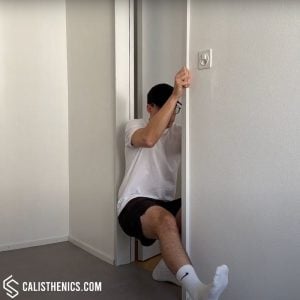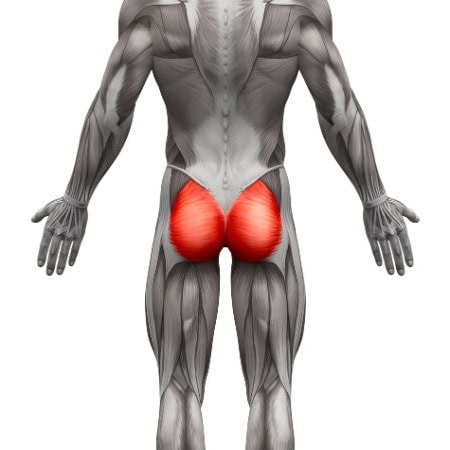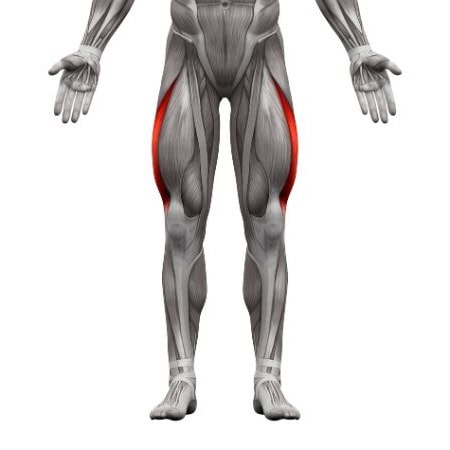Doorframe One-Leg Squats
How to do Doorframe One-Leg Squats?
The Doorframe One-Leg Squat is a smart and accessible lower-body calisthenics exercise that builds strength, balance, and coordination in each leg individually. Also known as an assisted pistol squat, this variation allows the athlete to use a doorframe for balance and support, making the movement safer and more achievable for beginners or anyone progressing toward a full unassisted pistol squat.
This exercise targets the quads, glutes, hamstrings, and core, while the doorframe helps reduce the demands on mobility, balance, and strength. It’s perfect for athletes who want to improve unilateral leg strength, correct imbalances, or work on joint control through a deep range of motion. The support from the doorframe also makes it joint-friendly and highly modifiable for all levels.
You only need access to a sturdy doorframe, ideally in a well-lit space with enough room for full body extension. It’s a great addition to at-home leg workouts, and it’s particularly useful in warm-ups, strength circuits, or progression work for the full pistol squat.
How to Perform Doorframe One-Leg Squats
- Setup
- Stand facing a doorframe with feet about hip-width apart.
- Place both hands on either side of the doorframe at chest height.
- Shift your weight onto one leg and lift the other leg straight out in front of you, hovering above the floor.
- Lowering Phase
- Begin lowering your hips down slowly, bending your standing leg while keeping the non-working leg extended.
- Use the doorframe to maintain balance and control.
- Keep your chest lifted and core tight—avoid rounding the back.
- Lower until your hip goes below the knee, or as low as your mobility allows.
- Pushing Phase
- Press through the heel of the working leg to stand back up.
- Use the hands to assist as needed—the goal is to use them minimally over time.
- Keep the non-working leg extended and controlled throughout.
- Breathing Pattern
- Inhale as you lower down.
- Exhale as you push back up to standing.
- Repetitions and Sets
- Perform 3–4 sets of 5–10 reps per leg, depending on strength level.
- Alternate sides or complete one side at a time.
Benefits of the Doorframe One-Leg Squat
- Builds Unilateral Leg Strength – Targets each leg independently, correcting imbalances and promoting symmetry.
- Improves Mobility and Flexibility – Encourages deep squatting while supported.
- Enhances Balance and Coordination – Trains proprioception with minimal risk.
- Strengthens the Core and Stabilizers – Requires torso control to stay upright.
- Scalable and Joint-Friendly – Suitable for beginners or rehab due to adjustable support.
- Progression Tool for Full Pistol Squats – Bridges the gap between assisted and freestanding squats.
Common Mistakes to Avoid
- Leaning Too Far Forward – Keep the chest upright and hips tracking over the heel.
- Dropping Too Fast – Control the descent—don’t collapse into the bottom position.
- Relying Too Much on the Arms – Use just enough support to maintain balance, not to pull yourself up.
- Letting the Knee Cave In – Keep the working leg’s knee aligned over the toes.
- Lifting the Heel – The working foot should stay flat on the ground, heel driving the motion.
Gym Equivalent Exercises
If you want to train similar patterns in a gym or alternate setting:
- Assisted Pistol Squats with TRX or Rings – Offers adjustable support like the doorframe.
- Box Pistols – One-leg squats to a bench or box reduce range while building strength.
- Bulgarian Split Squats – A great unilateral strength-builder using weights or bodyweight.
- Smith Machine Assisted Pistols – Use the bar for balance and partial loading.
- Step-Downs from a Box – Builds eccentric control and balance.
Tips for the proper execution of Doorframe One-Leg Squats
Start slow and shallow—increase depth as mobility improves.
Keep your arms relaxed—avoid pulling aggressively on the frame.
Drive through your heel, not your toes, to engage glutes and hamstrings.
Look forward, not down, to help maintain posture and balance.
Use a mirror or film yourself to check for knee tracking and torso position.
Point the non-working leg’s toes for added control and aesthetics.
Muscles worked when doing Doorframe One-Leg Squats
Primary Muscles
-
Quadriceps – Main driver of knee extension and eccentric control.
-
Gluteus Maximus – Powers hip extension on the way up.
-
Hamstrings – Assist with hip and knee stability.
Secondary Muscles
-
Hip Flexors – Stabilize the lifted leg.
-
Calves (Soleus & Gastrocnemius) – Assist with balance and ankle stability.
-
Core (Abs & Obliques) – Maintain upright posture and alignment.
Primary Muscle(s):
Secondary Muscle(s):
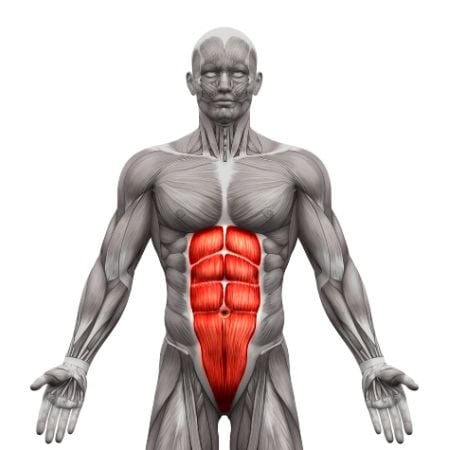
Abdominal
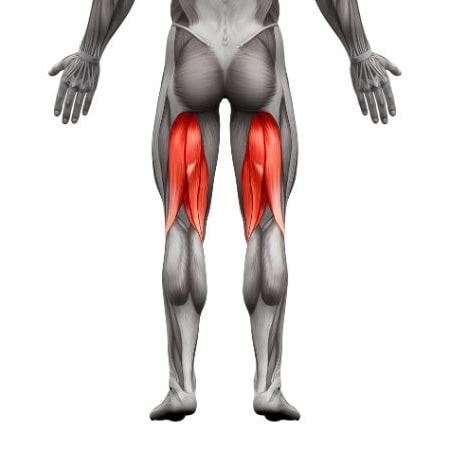
Hamstring
Equipment needed for Doorframe One-Leg Squats
No equipment needed for this exercise.
Adjust the difficulty of Doorframe One-Leg Squats
The Doorframe One-Leg Squat is one of the most effective ways to scale a pistol squat progression to any level. Beginners can use full arm support and partial depth, while more advanced athletes can reduce assistance, slow down reps, and add weight. Over time, this movement develops the strength, balance, and control necessary to progress to freestanding pistol squats, making it an essential part of any calisthenics leg training plan.
How to make Doorframe One-Leg Squats harder?
How to make Doorframe One-Leg Squats easier?
How to make Doorframe One-Leg Squats harder?
To make Doorframe One-Leg Squats harder:
-
Reduce arm assistance—hold the doorframe lightly or with one hand only.
-
Extend the non-working leg higher to increase hip flexor demand.
-
Perform slower eccentrics—take 3–5 seconds to lower down.
-
Add a pause at the bottom for more time under tension.
-
Wear a weighted vest or backpack to load the movement.
How to make Doorframe One-Leg Squats easier?
To make Doorframe One-Leg Squats easier:
-
Hold higher on the doorframe for more leverage.
-
Reduce depth—go only as low as your mobility and strength allow.
-
Use a small box or yoga block to reduce range and build confidence.
-
Keep the non-working leg bent and closer to the body.
-
Add a slight lean back by adjusting arm position to counterbalance.

